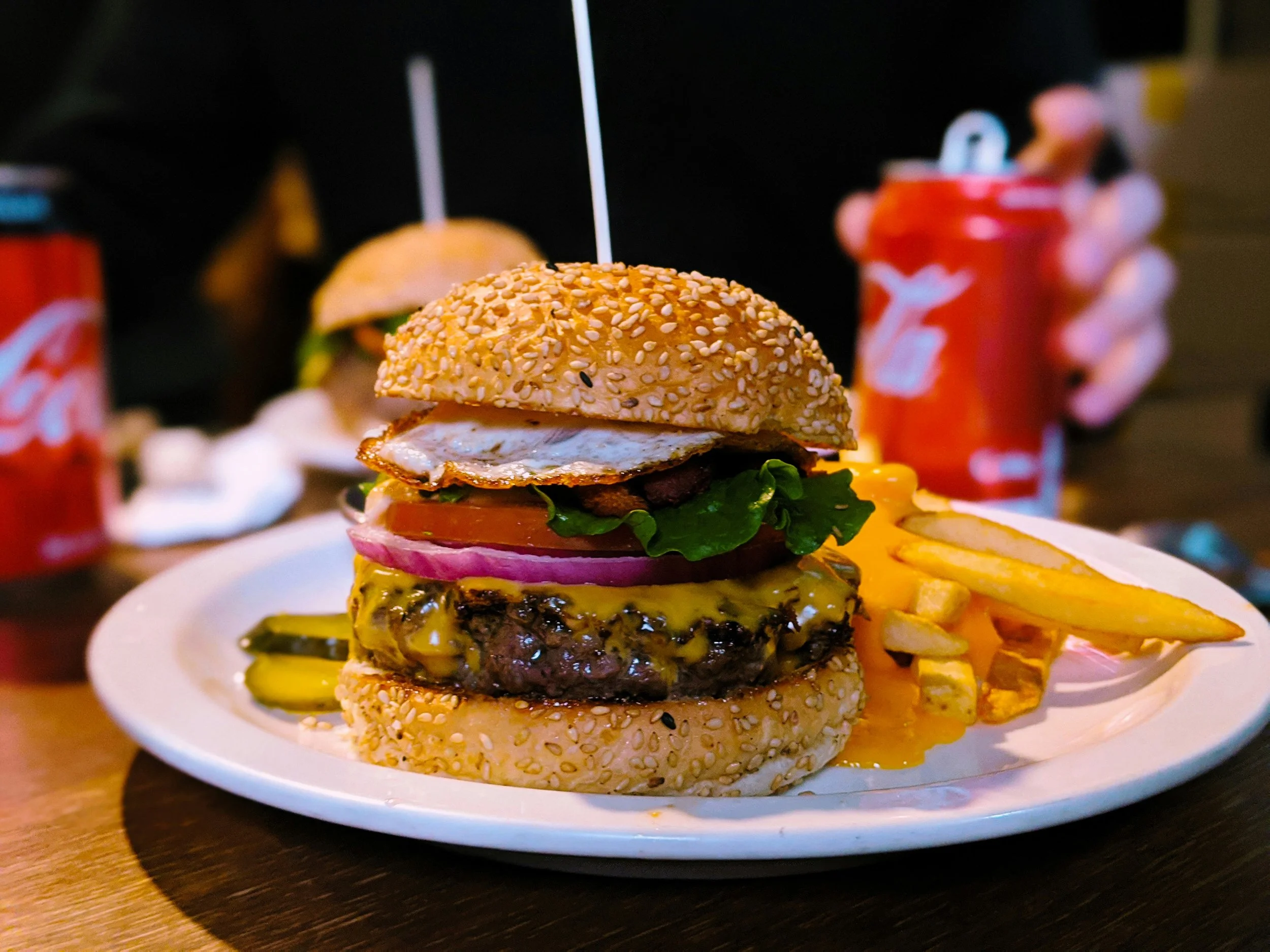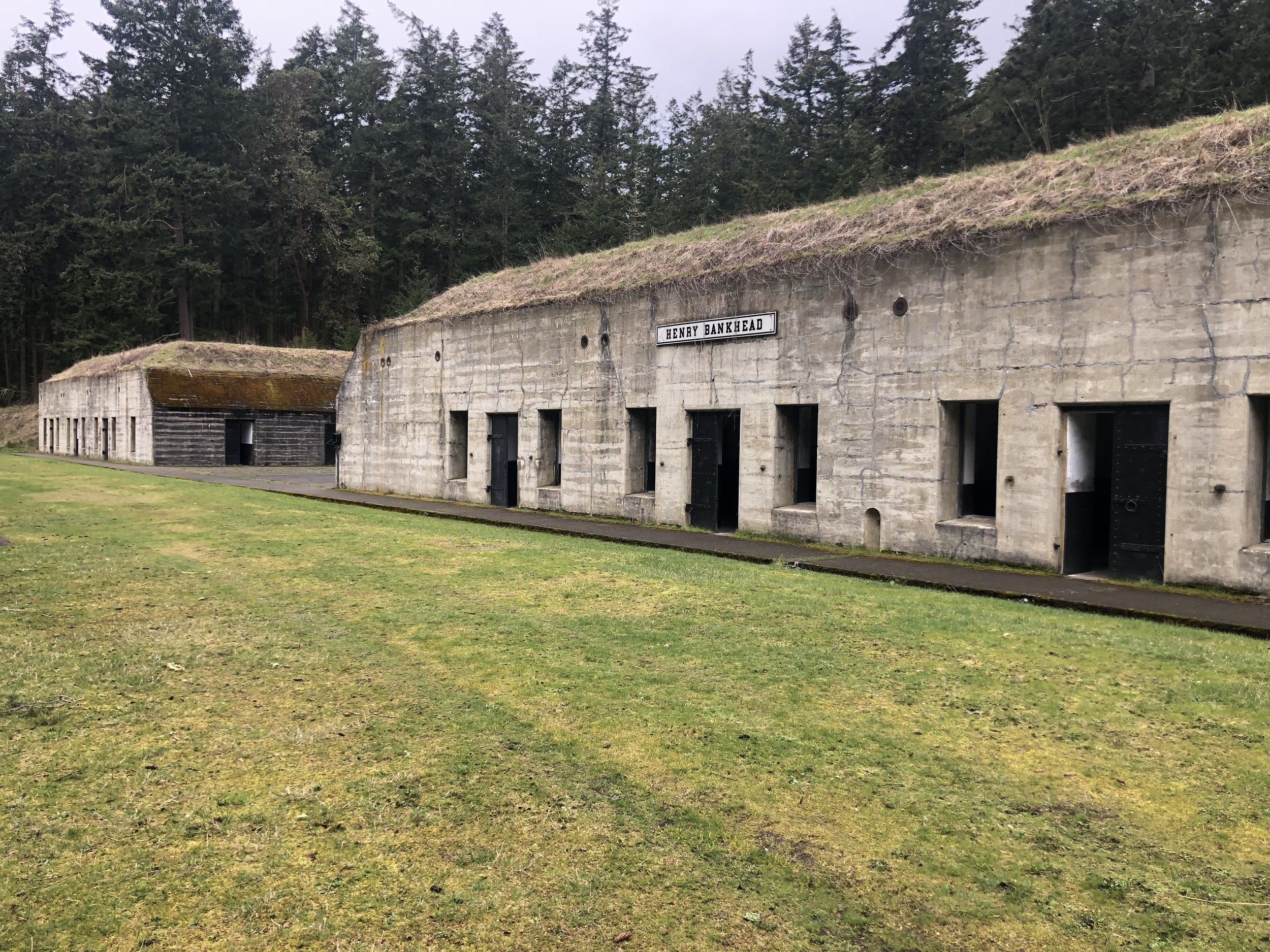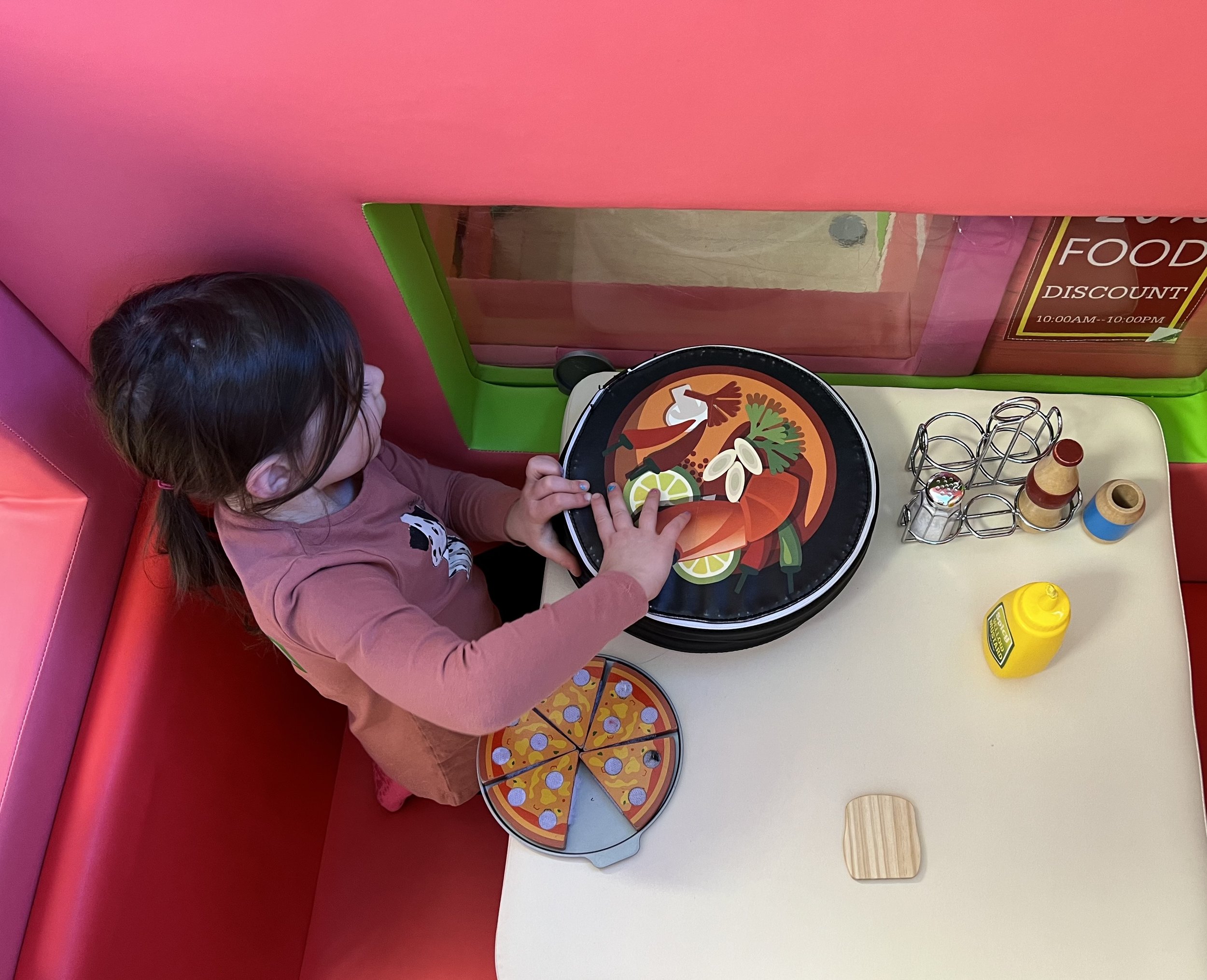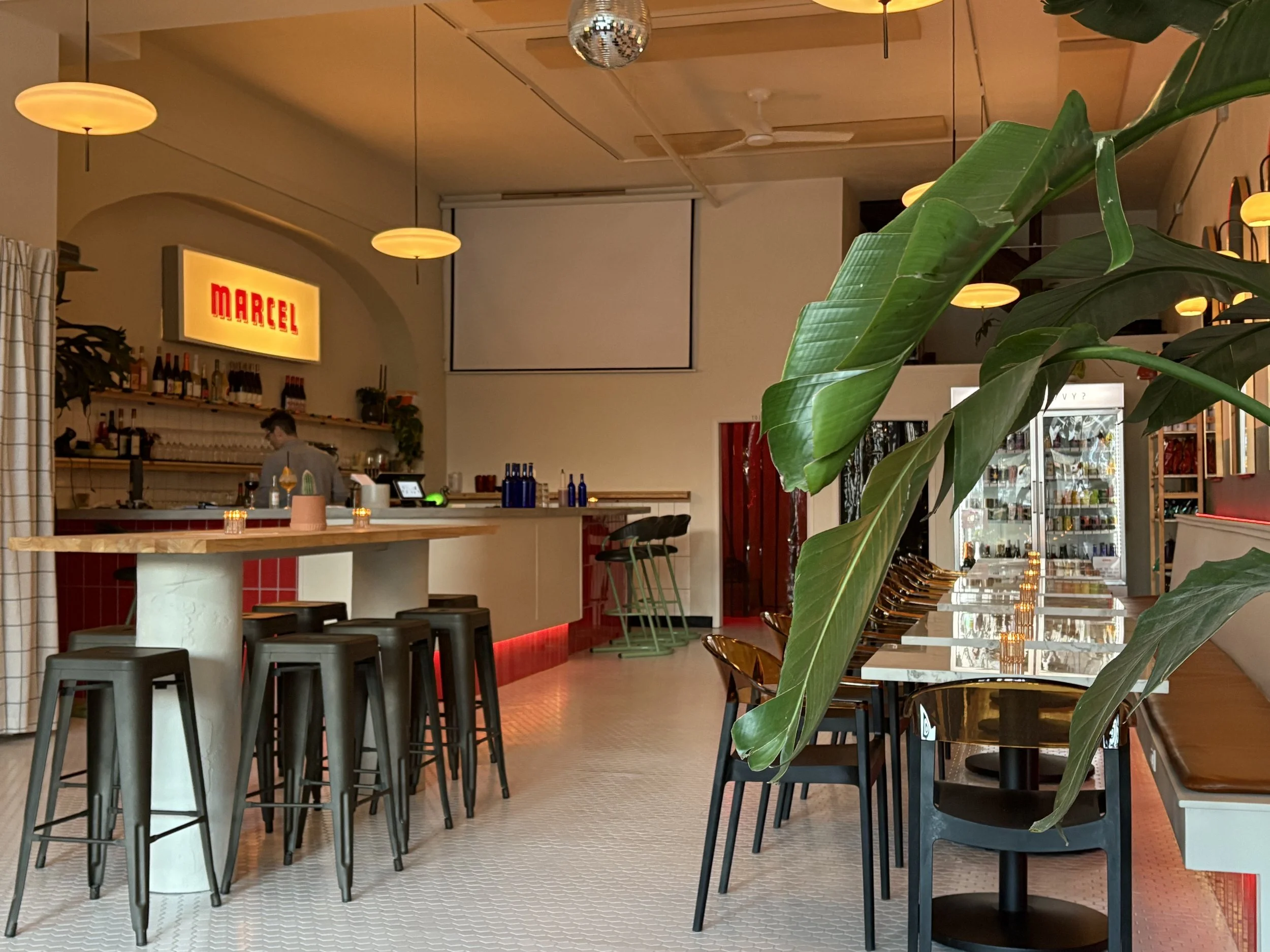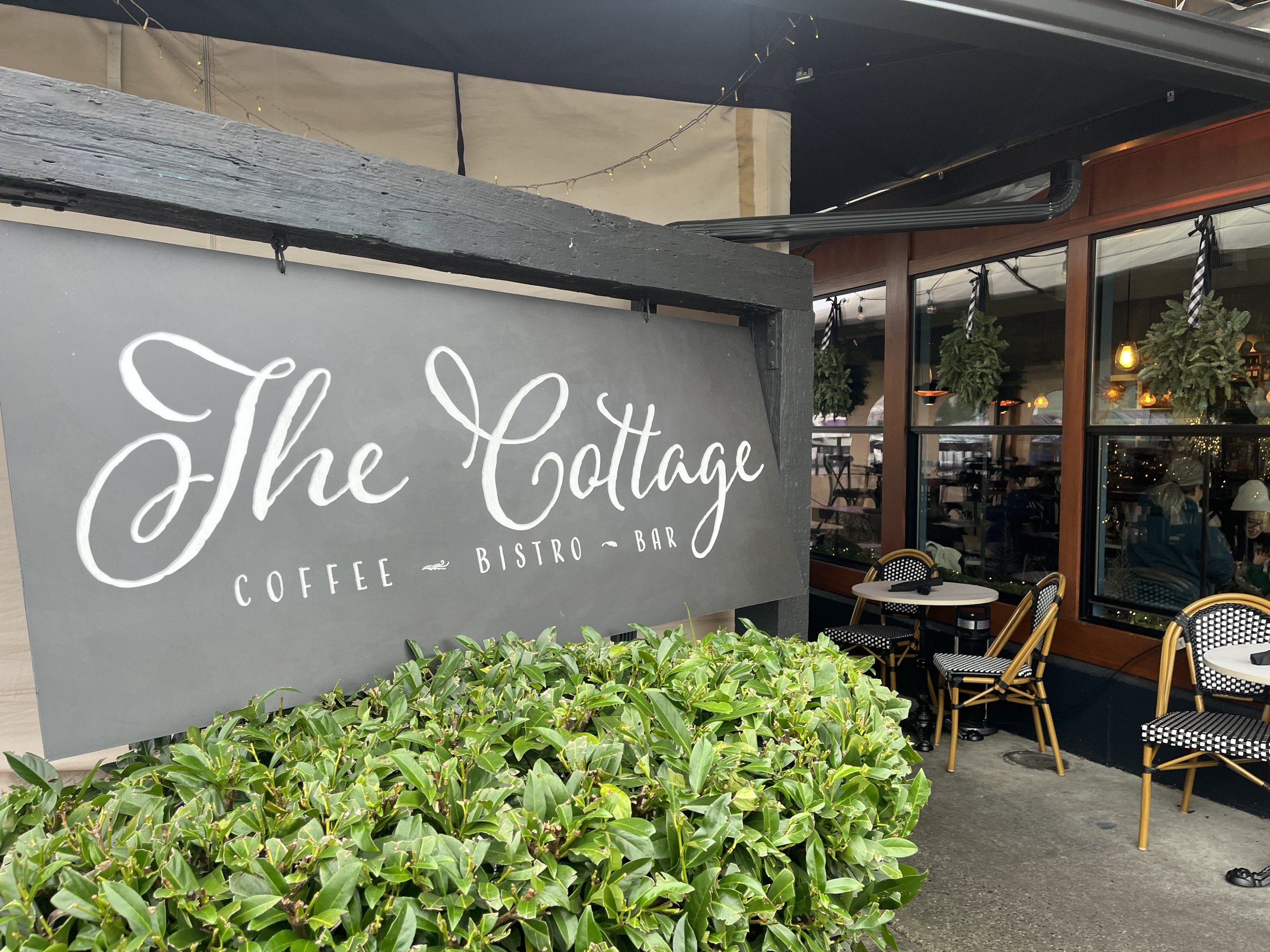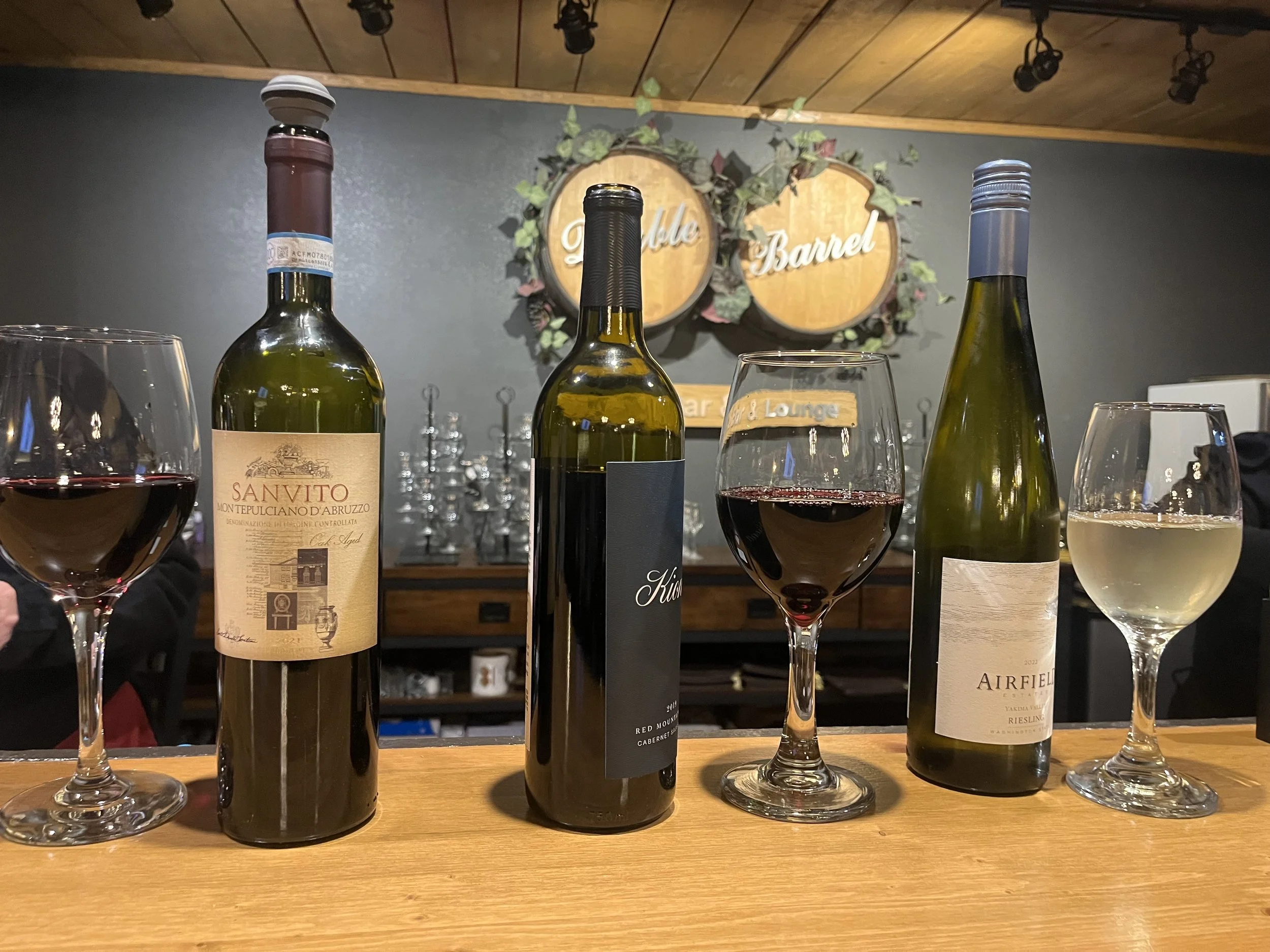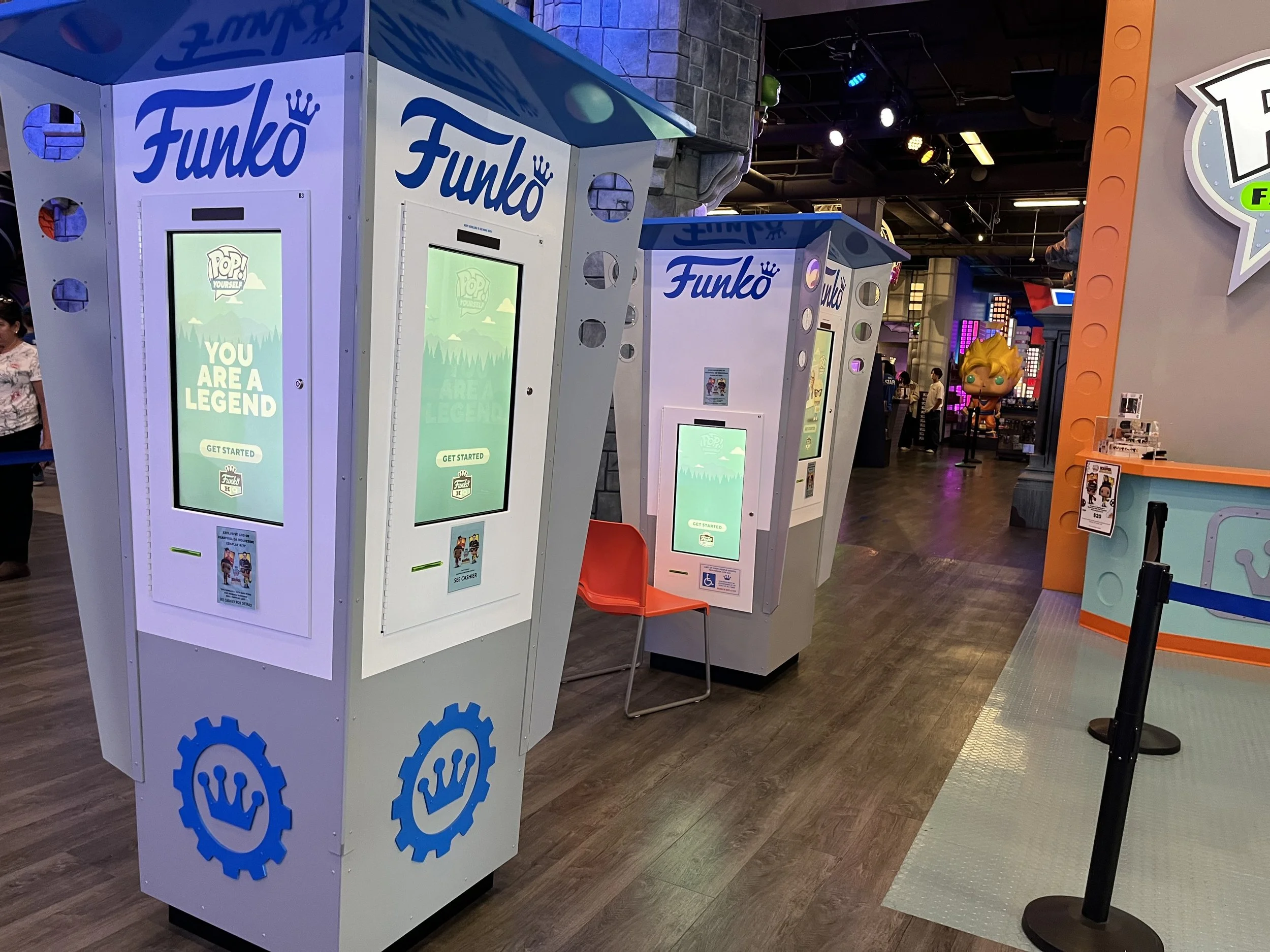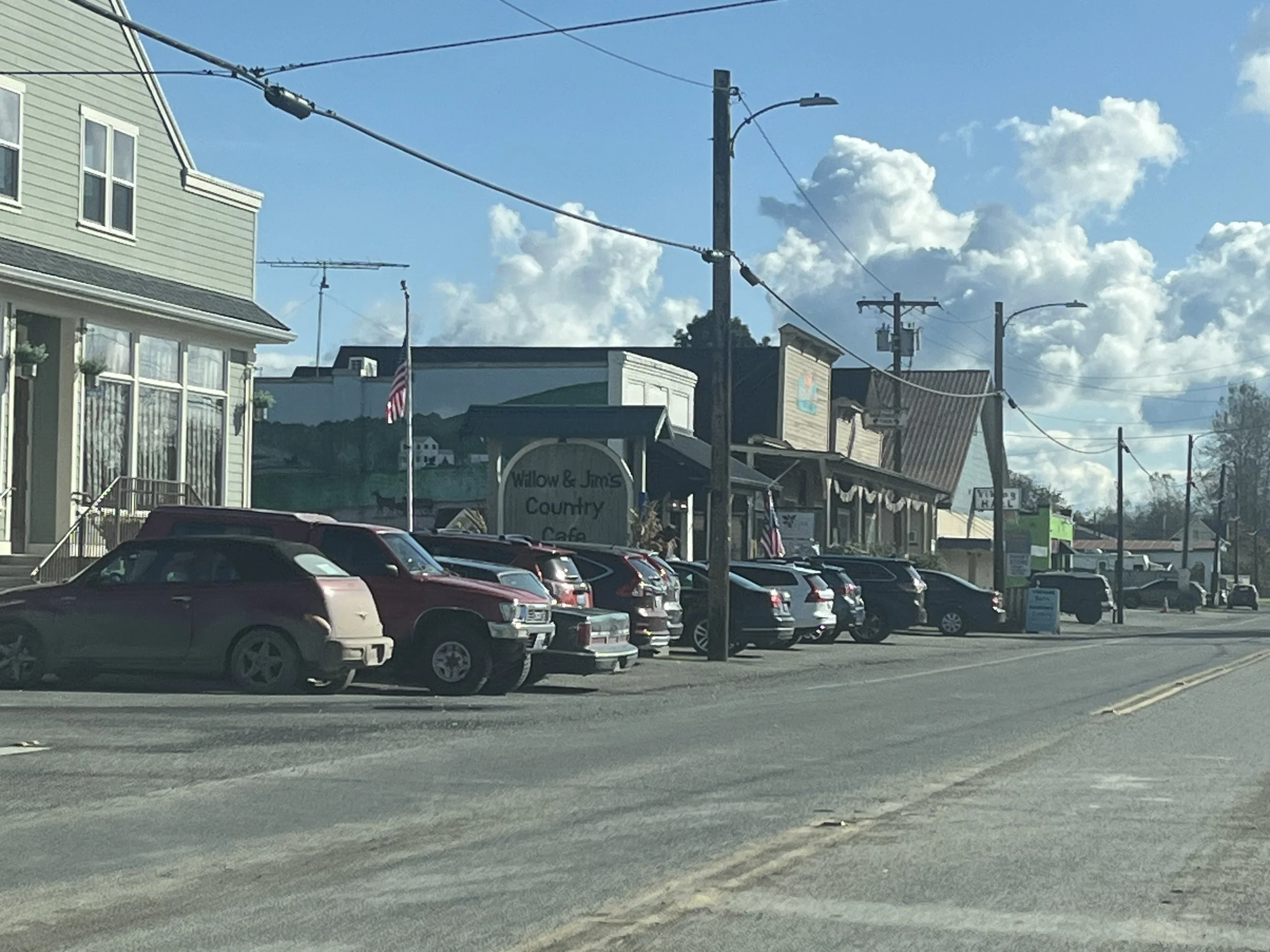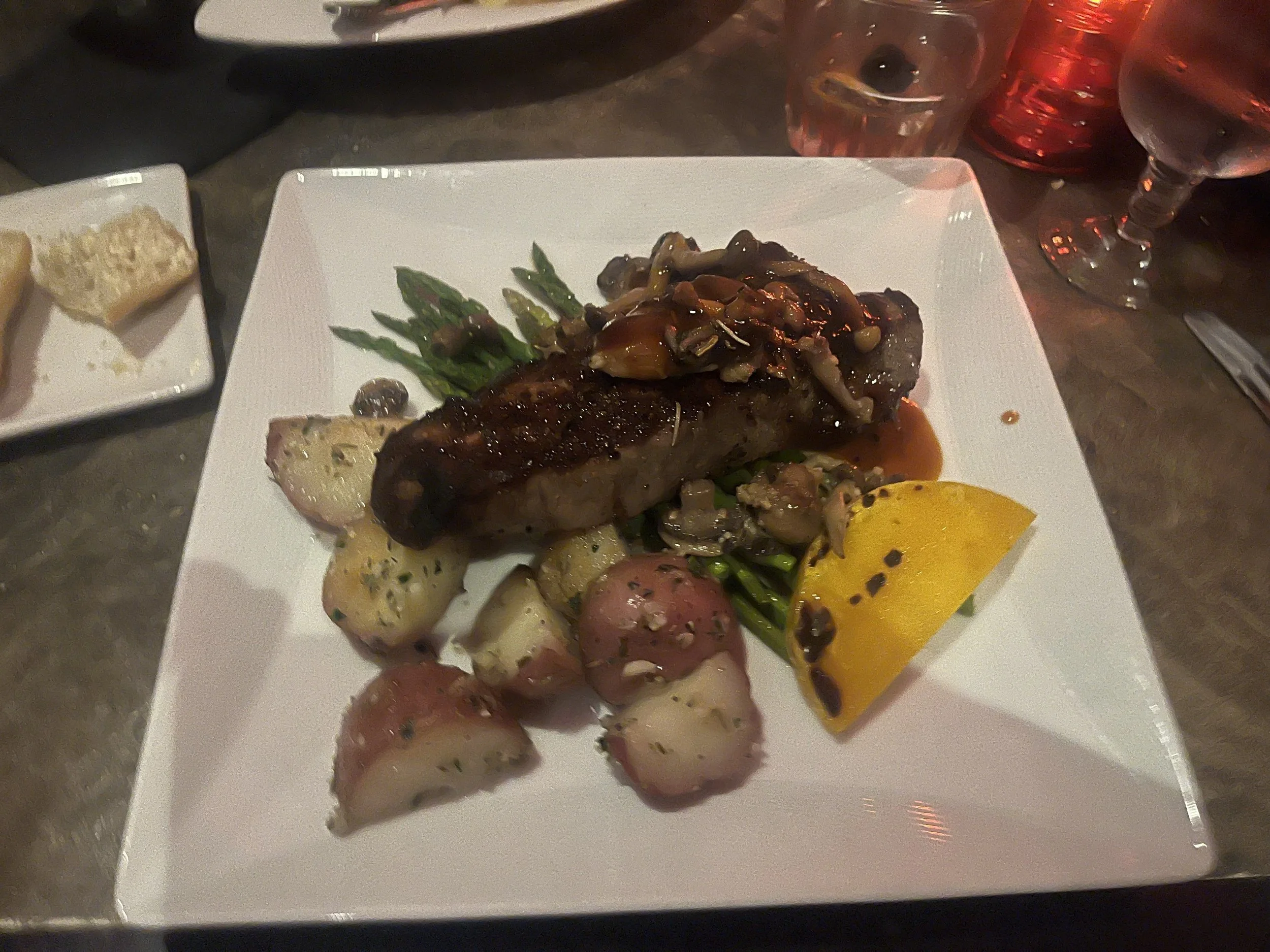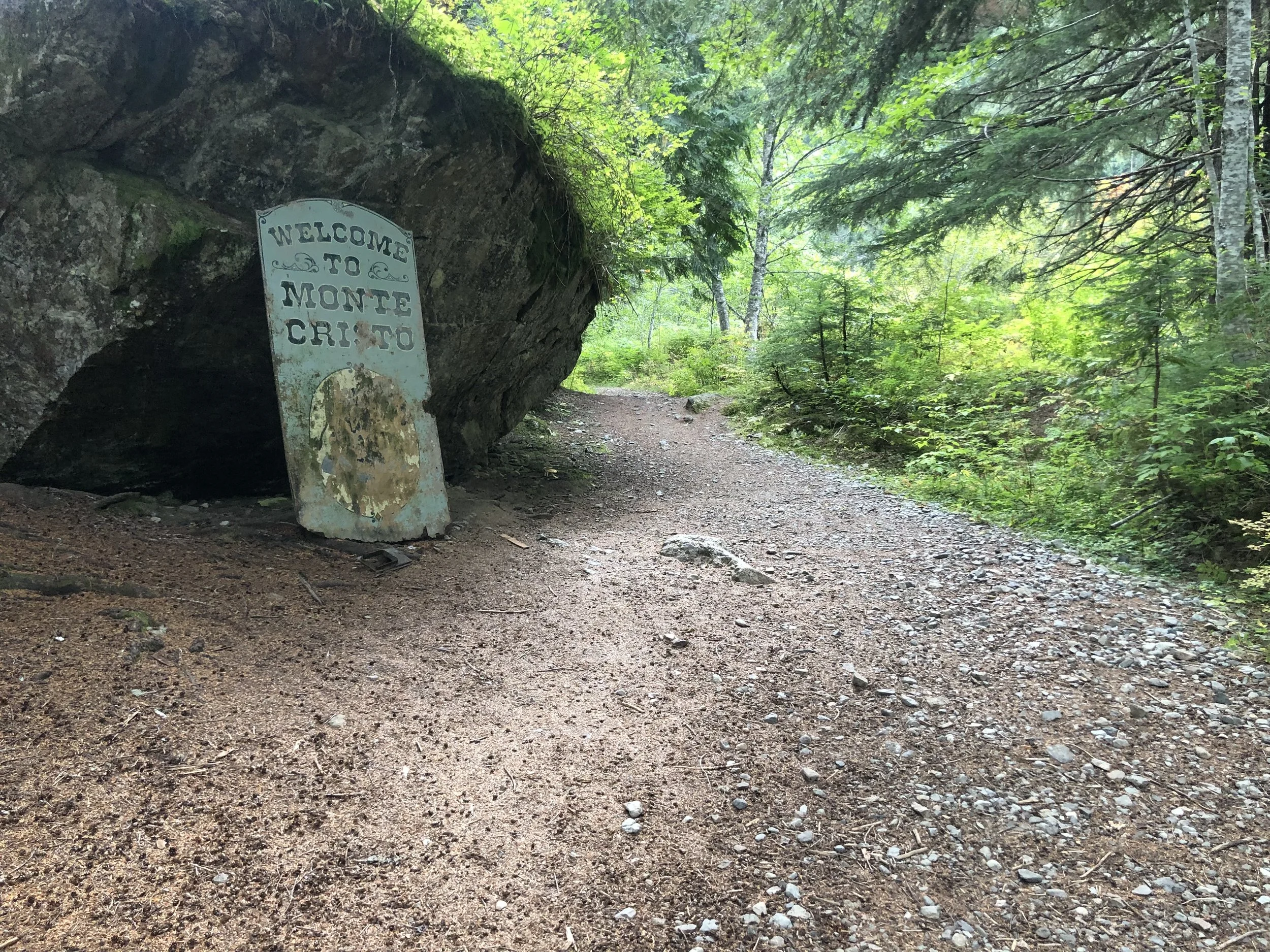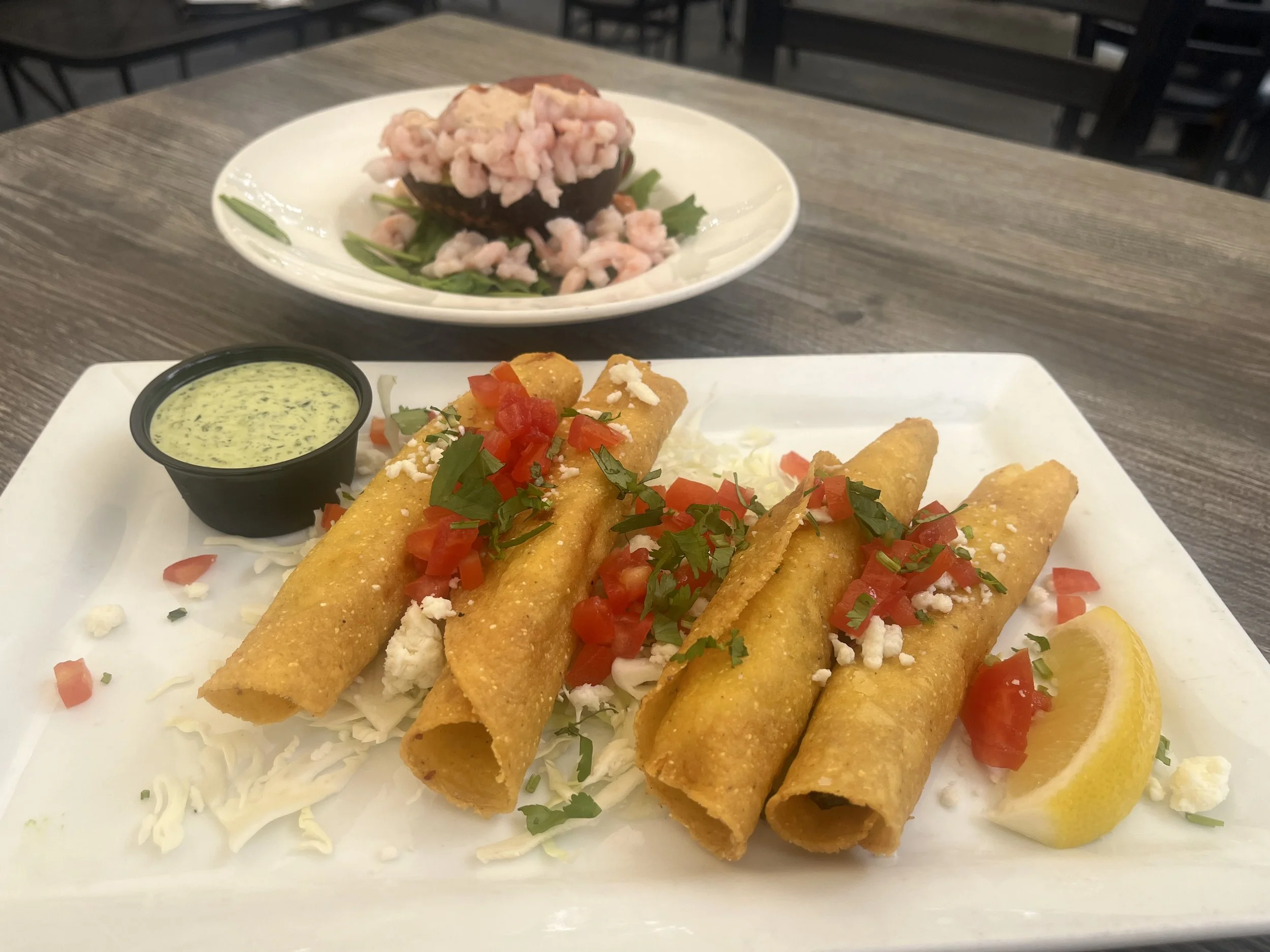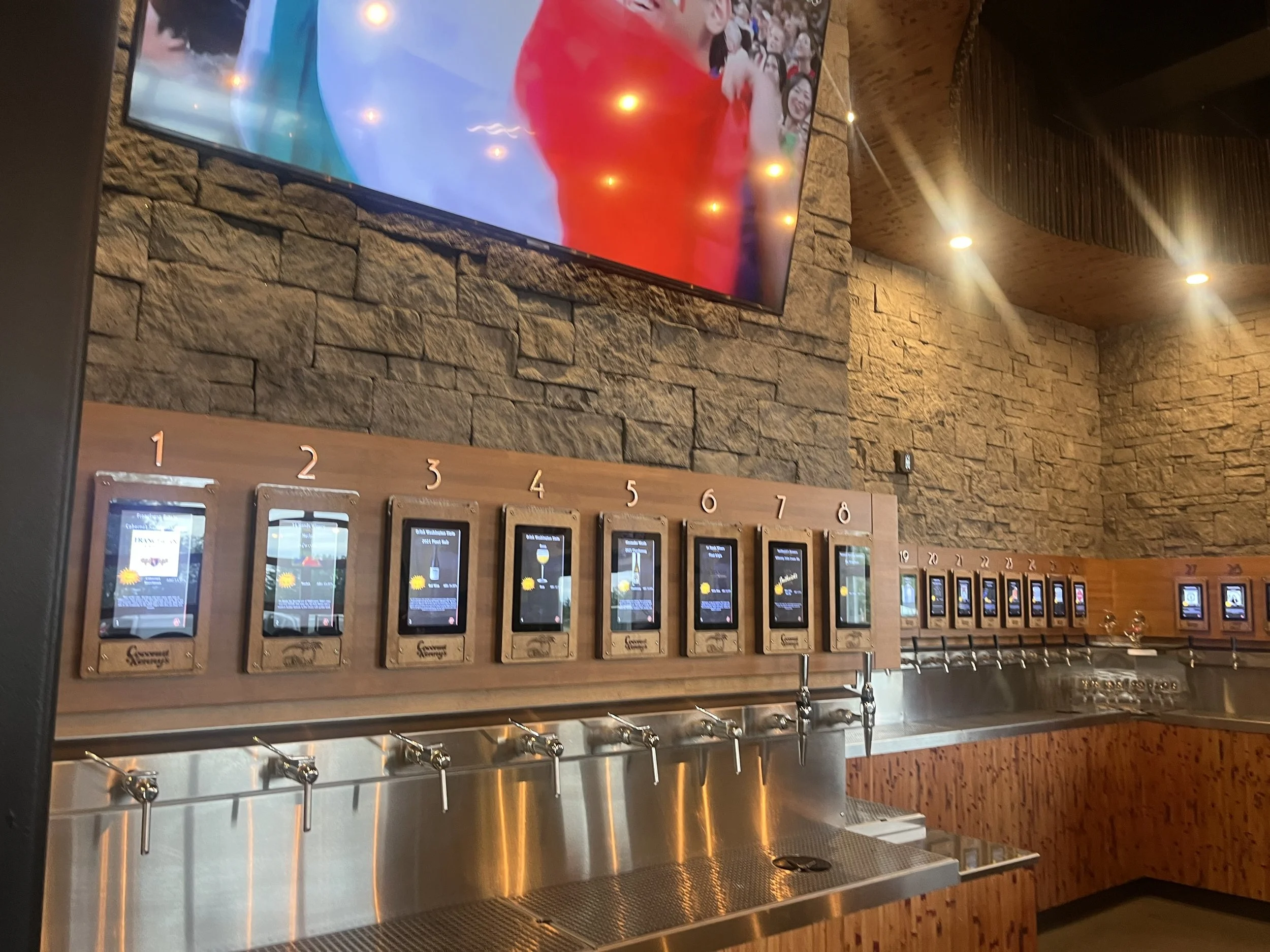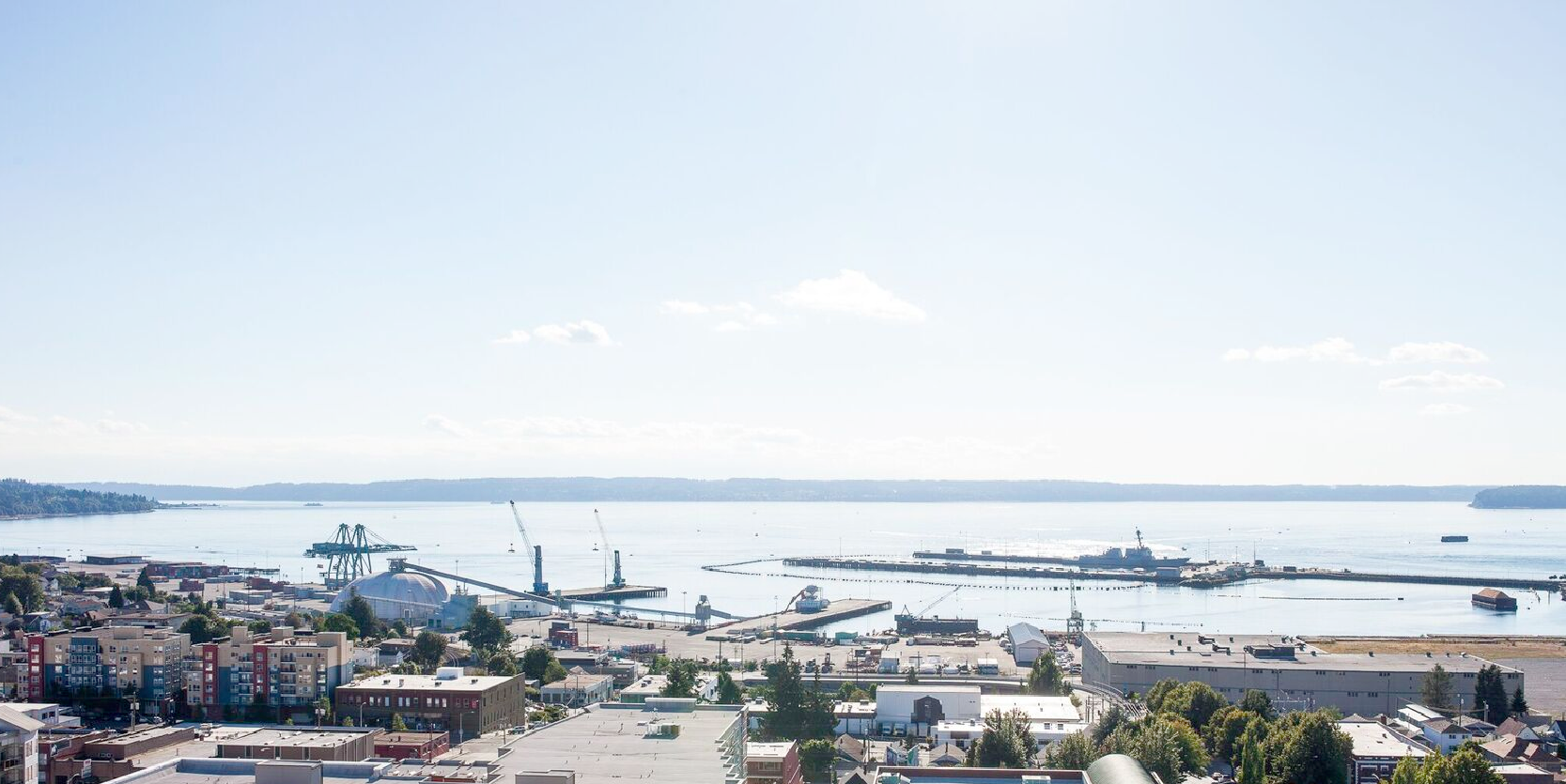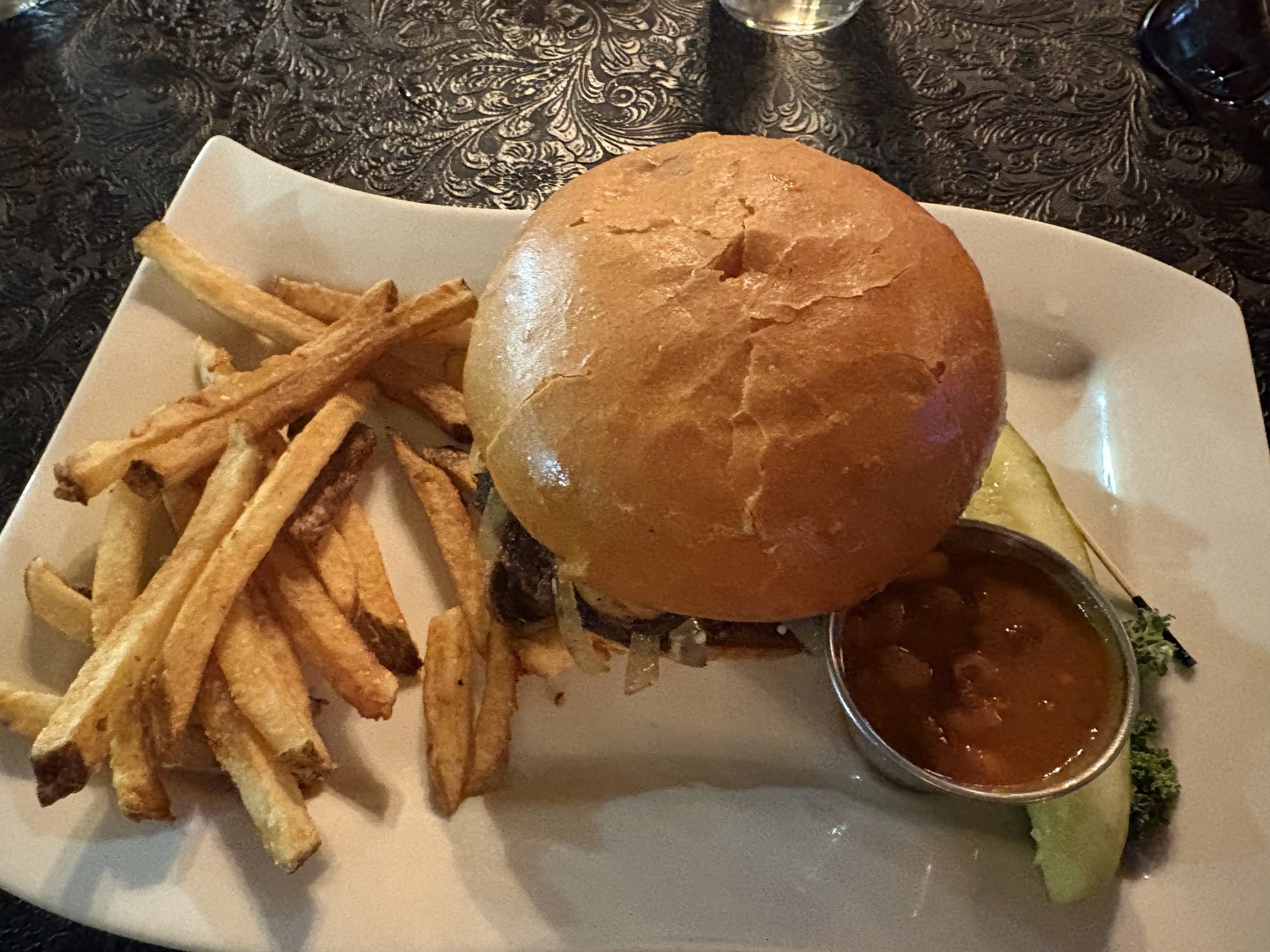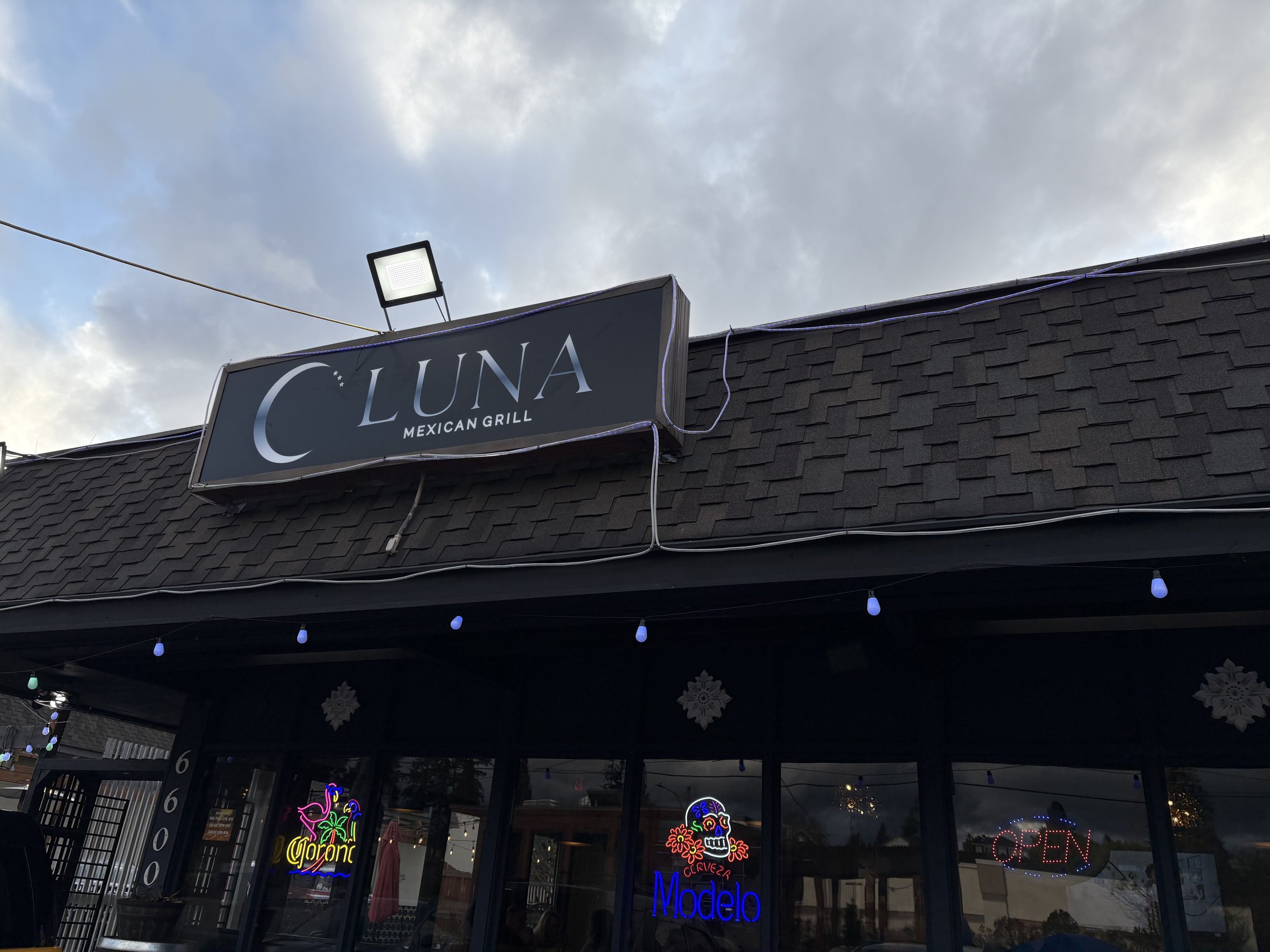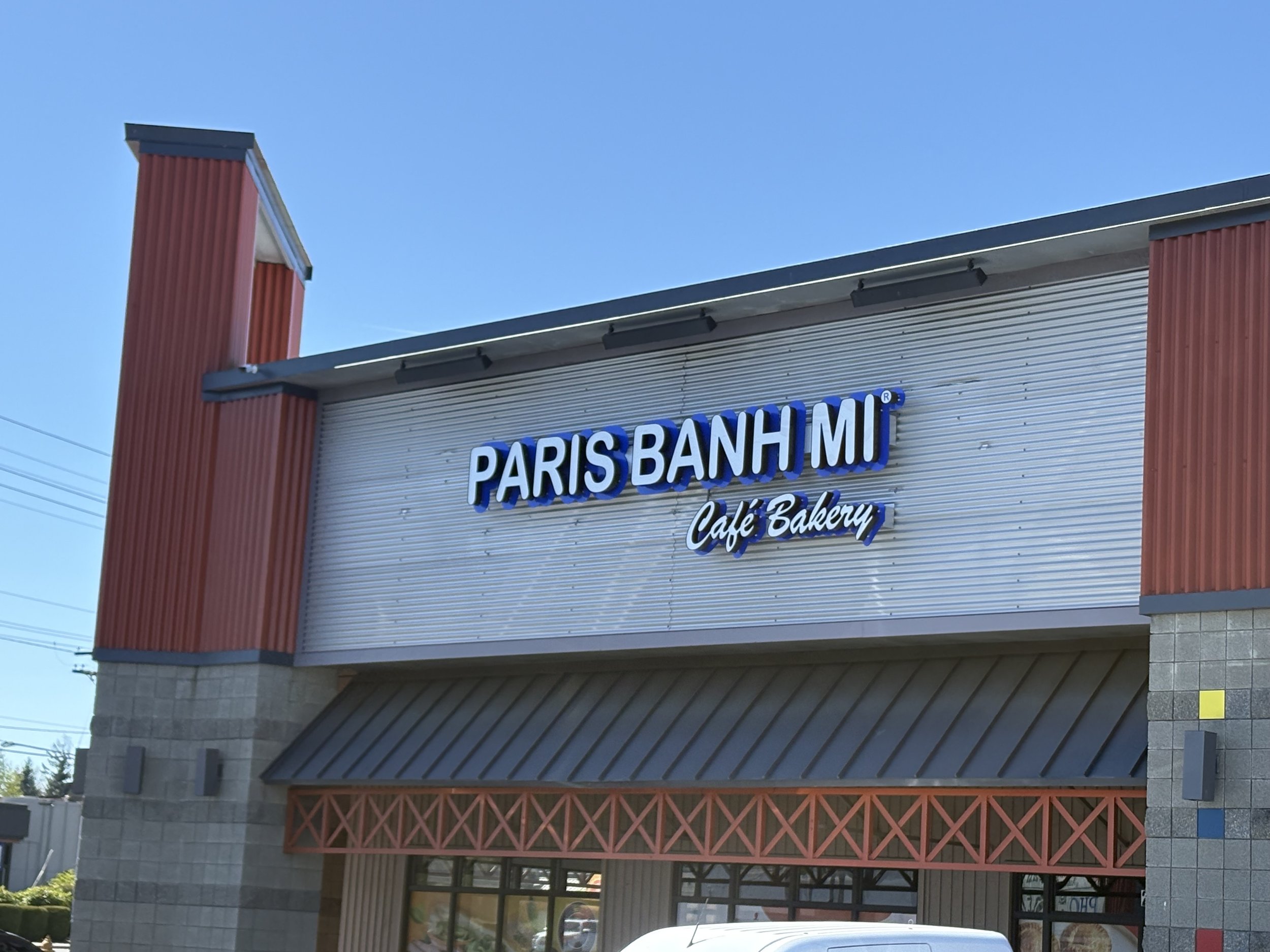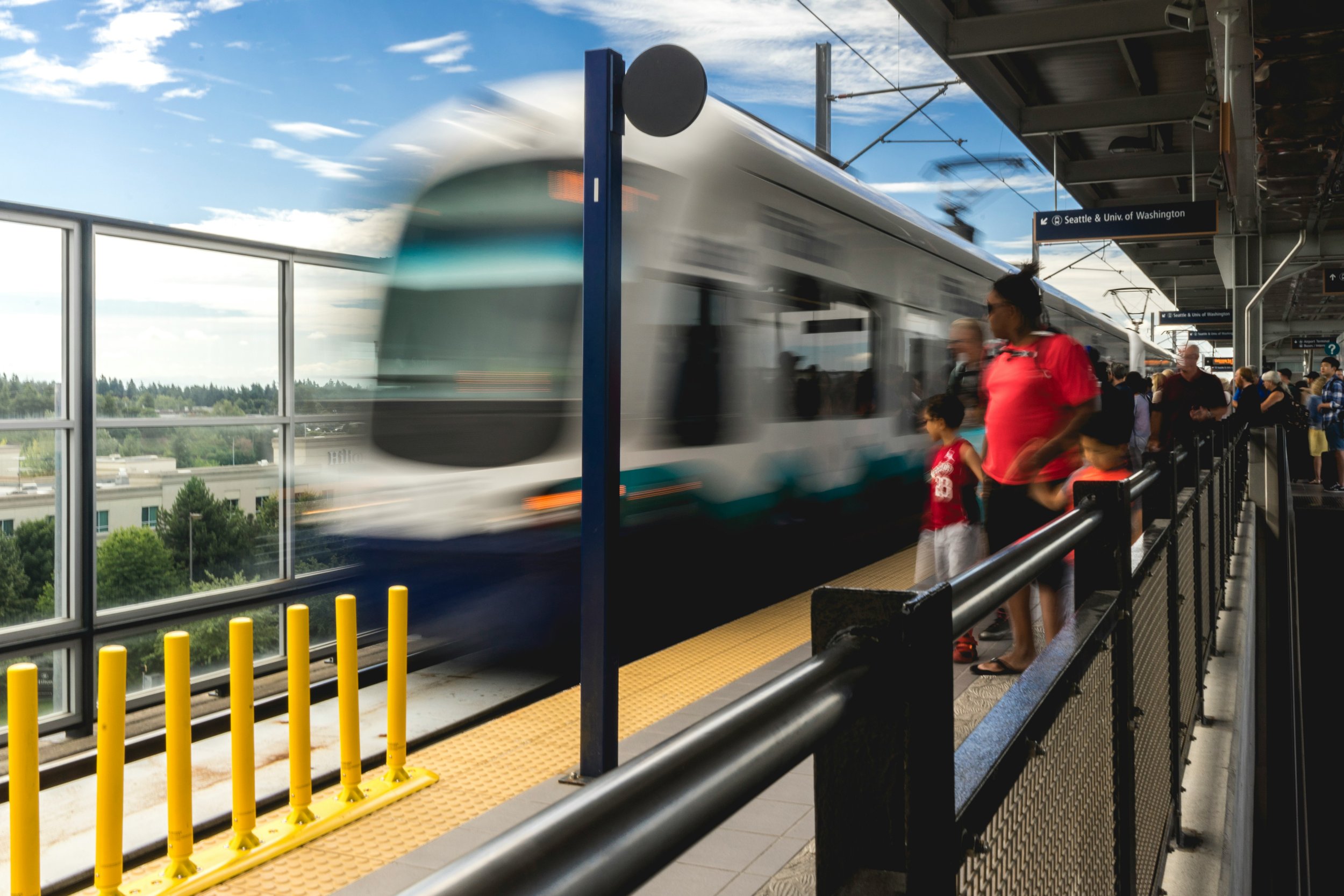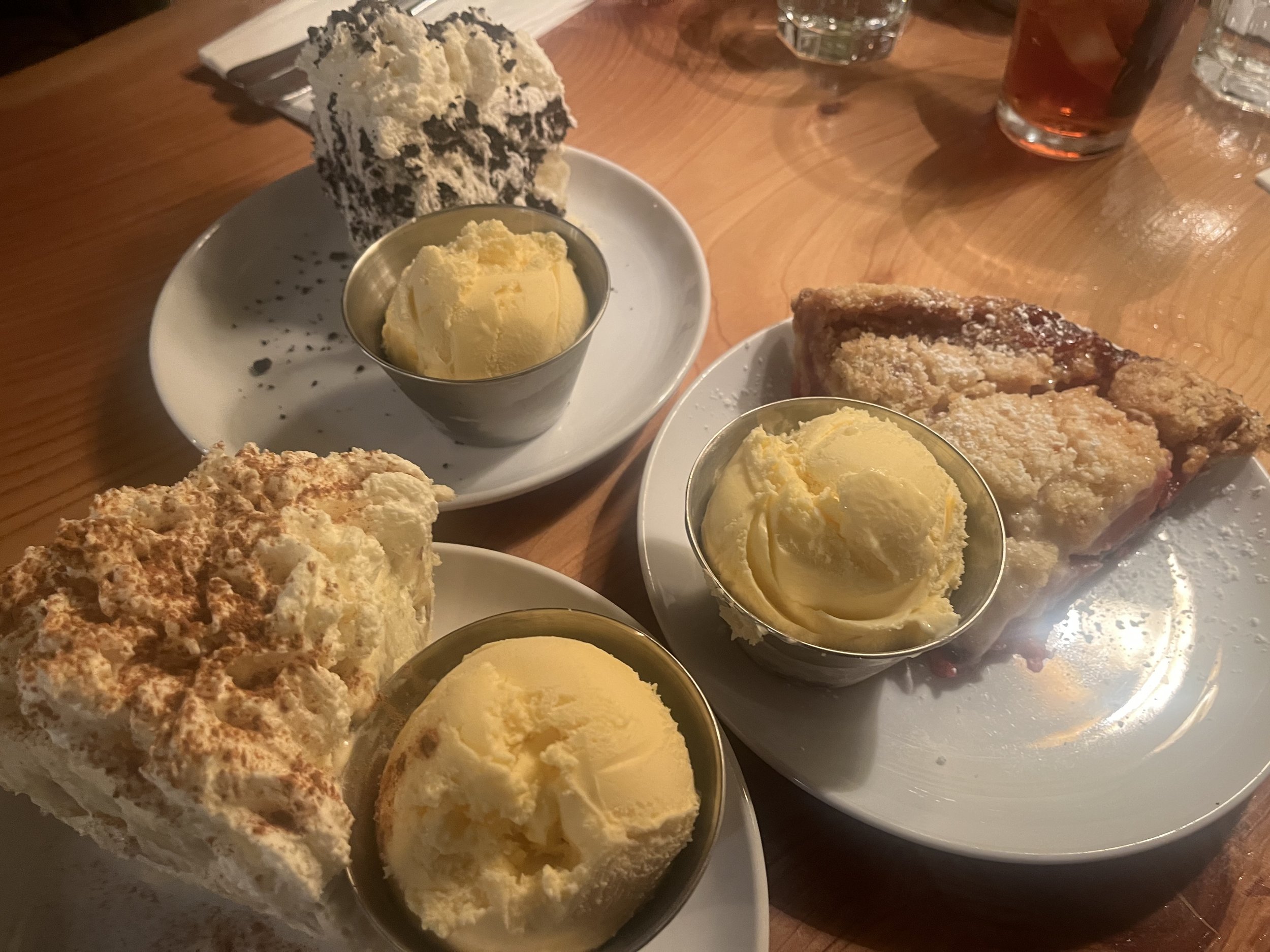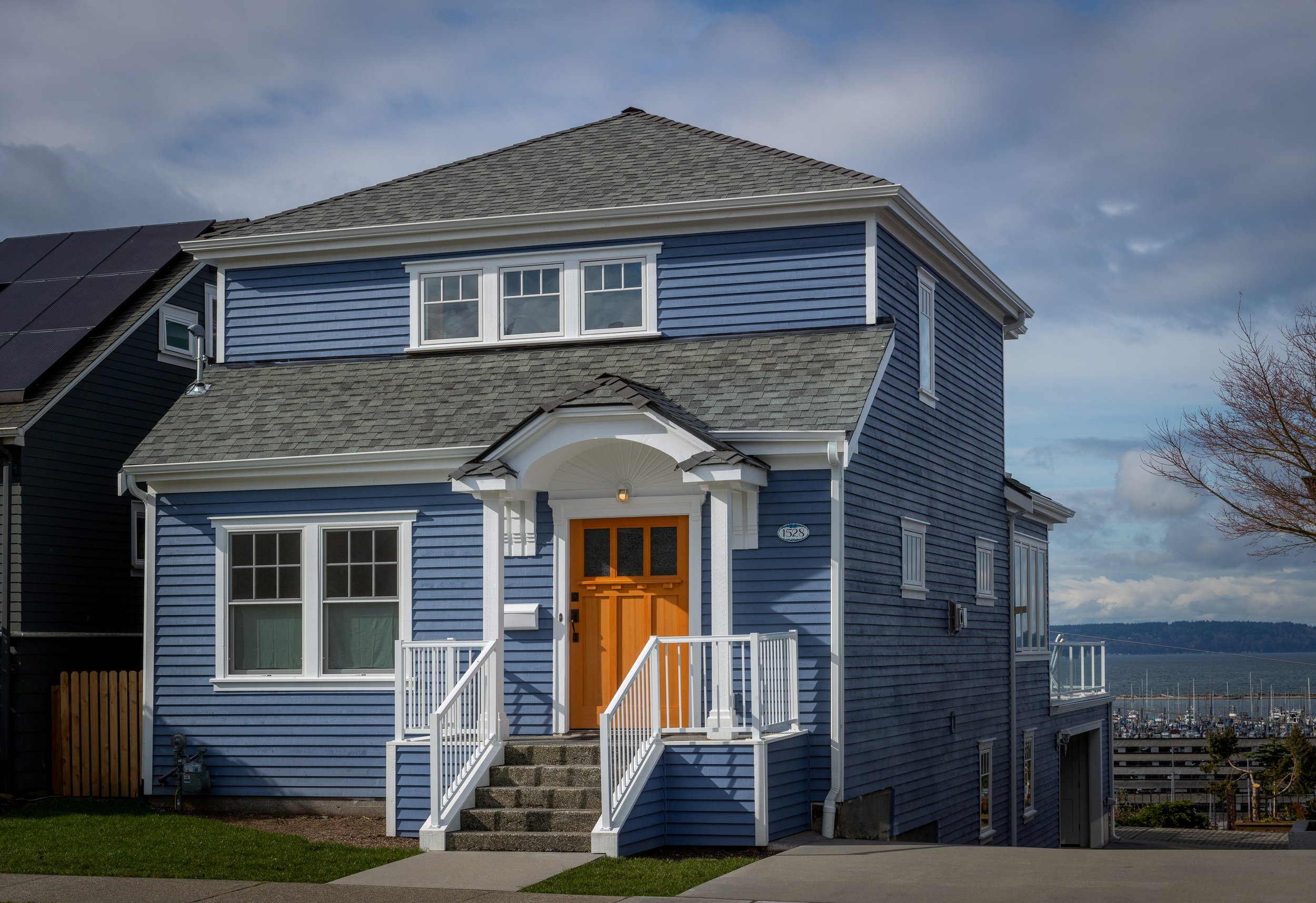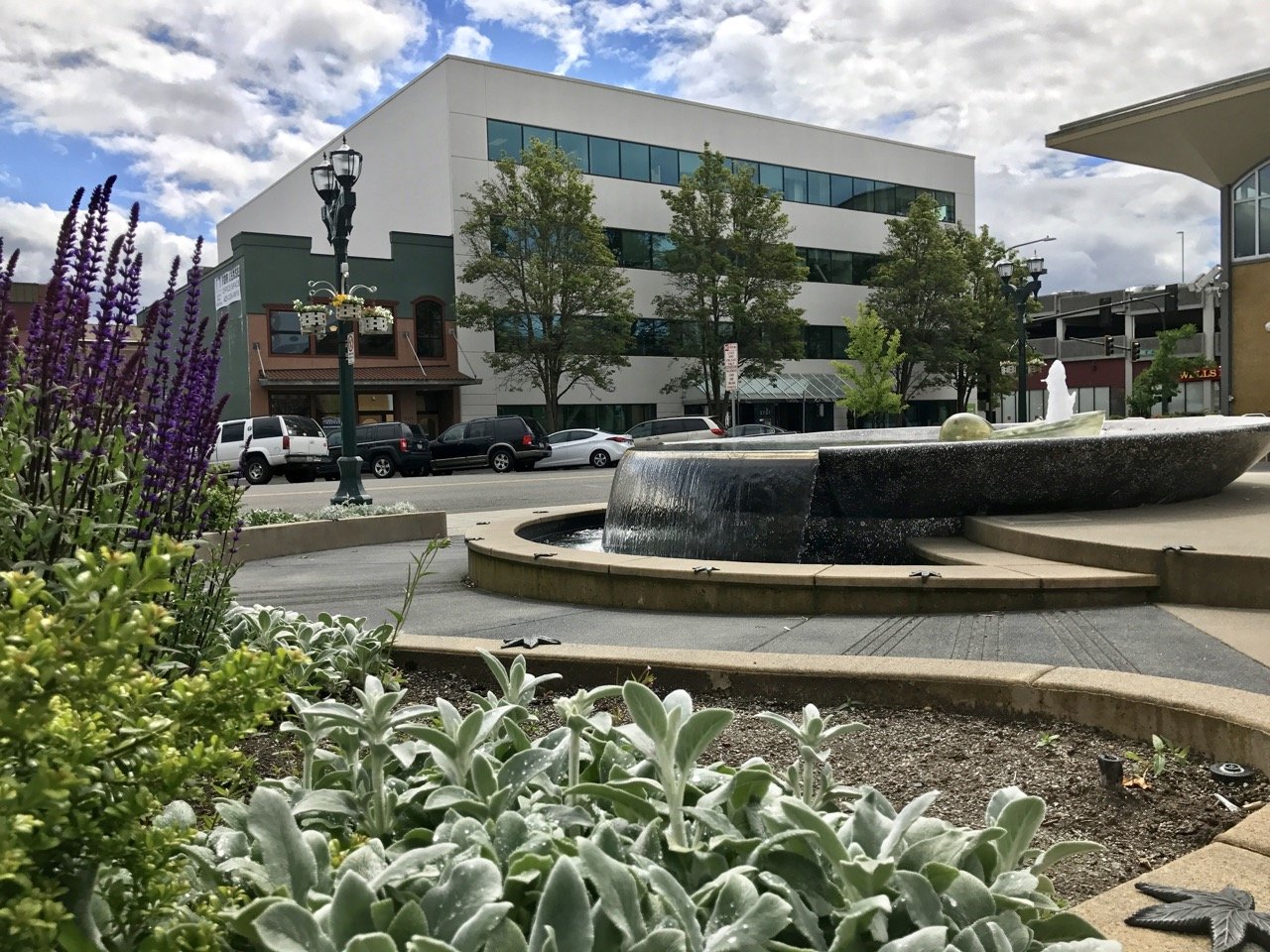The Nakashima Barn
A shattered samurai sword sleeps underground in Arlington, WA.
Nobody alive today can remember the exact location of the broken blade. Maybe hundreds of bicyclists, rollerbladers, and dog walkers pass over it daily, oblivious to the hidden treasure underfoot. After all, who would expect fragments of a Japanese relic to be buried in this pastoral Pacific Northwest valley?
A clue to the sword’s origin stands at the terminus of the Centennial Trail. The Nakashima barn towers at the trailhead: big barn doors, a tall hayloft, a peaked roof streaked with rust. All sides of the structure are painted a faded burnt orange. The trim is white. The paint is flaking. This barn is over one hundred years old.
The Nakashima Barn // Richard Porter
The silence of the tree-lined valley is only punctuated by the sighing of a spring breeze and the clicking freehubs of downshifting bicyclists.
The story of the barn is old. If you listen closely, you can hear it.
As William Faulkner said, the past is never dead. In fact, it’s not even past.
_
One hundred years ago, Kamezo Nakashima worked in a lumber mill in this lonesome valley on the county border. Kamezo and his wife Miye had eleven children.
The Nakashima parents, who had immigrated from Japan, gave birth to their eldest son, Takeo, in the United States. By virtue of his son’s birth in America, Kamezo was able to buy 1,100 acres of wooded farmland in this spot near the Skagit border in 1937.
The Japanese American family worked to clear the land of stumps; blasting roots out of the soil with dynamite and pulling them out with teams of horses. They drained the valley, dug a well, and attended to their seventy head of cattle. They had neither electricity nor running water.
The Nakashima children attended Arlington High School. The older brothers played football after school, then walked ten miles home. The next day they would rise to milk cows by hand before the sun was up.
Though they purchased the farm during the Great Depression, the large Nakashima family never went without necessities. Between their dairy production and cultivating a large garden, they thrived during the country’s lean years, feasting on corn, apples, boy chop, carrots, onions, and beans.
For this close-knit immigrant family, this was the American Dream. And this life of pastoral abundance and land ownership was rare among the Japanese American community in the 1930s.
_
Then came a series of events that would forever change the family’s trajectory. The tidal waves of history washed over the Nakashima family, dragging them backward in the undertow and out to sea.
December 7, 1941 - the Imperial Japanese Navy Air Service attacks the American naval base at Pearl Harbor, killing 2,393 Americans.
February 19, 1942 - President Franklin Delano Roosevelt signs Executive Order 9066. 12,000 West Coast Japanese Americans are sent to internment camps.
Days later, a sheriff’s posse strips the Nakashimas of the shotgun that they use to hunt pheasant and bear. Kamezo and Takeo secretly break the heirloom samurai sword that has been in their family for generations. They bury it somewhere amid the 1,100 acres that they have called home. They can’t afford to be perceived as being threatening in any way.
They have one month to pack their things. Kamezo sells the farm to a Norwegian family at a loss, pocketing $12,825.
The Nakashimas travel south to the Puyallup Fairgrounds, where they await their assignments to internment camps. Trainloads of Japanese Americans leave Puyallup daily, headed for incarceration centers up and down the West Coast.
Takeo and Miye are sent to Tule Lake Segregation Center in Modoc County, California. It’s the largest detention center for Japanese Americans. Several of their children, including Takeo, are shipped to the Minidoka Relocation center in the deserts of Jerome County, Idaho.
Tule-Lake: image courtesy of Densho
These camps. Guards shot at detainees who tried to escape. A federal investigation later revealed that at the time of internment, only three percent of Japanese-Americans were considered direct threats to U.S. security. Prisoners did not have access to sufficient medical services.
It’s at Minidoka, that the oldest Nakashima daughter, Teruyo, contracts a blood disease. She’s unable to find adequate treatment and dies. “Teruyo” means radiance, or brilliance in Japanese.
Takeo meets his wife. Two months after being released from the camp, they give birth to their son, Paul Nakashima.
Eighty years later, I stand with Paul Nakashima outside the Nakashima Barn. He is a bubbly man, with kindness creased into the crows feet at the corners of his eyes. His teeth are strong and white. At eighty years old, he walks two miles a day, every day. He wears a fisherman's bucket hat, a flannel shirt, and a robust pair of 1970s sideburns.
Paul Nakashima // Richard Porter
He talks excitedly as he tells the tale of his family. It’s only after fifteen minutes of relaying the happy days on the farm that he steers the conversation toward the reality of the internment camps.
I knew Paul Nakashima before I knew about the history of his family. He is a friend of my wife’s family. He would deliver fresh-picked corn to them on Sundays at church. These days he drives to Wenatchee twice a year to pick up boxes of apples for local food banks. On the day that I met with him at the Nakashima barn he was foraging fiddlehead ferns for members of a Korean church. They are a delicacy, he says, if you sauté them to remove the bitter flavor.
_
In the late 1990s, Snohomish County acquired the Nakashima Barn through the Trust for Public Land. The Centennial Trail, a 40-mile county park, ends at the Nakashima Barn.
The Snohomish County Arts Commission created the oversized photographs of the Nakashima family that now hang on this public landmark.
Photo by Richard Porter
By all accounts, Kamezo and Miye left the internment camps after the war in good spirits. They managed a hotel in downtown Seattle for years and invested their money. They lived a life of quiet material comfort and respectability. The hotel was destroyed in the 1960s when it was claimed under imminent domain with the construction of Interstate Five. Today a freeway covers their hotel, and a bike trail covers their heirloom sword. In the long run, history gets paved over, realigned, re-mapped out.
My story? Part of my story is here, too, to a far lesser extent. I work for Snohomish County. I collaborate with the Parks Department and the Arts Commission to elevate and promote the Centennial Trail as a cultural site, a tourism destination, and a community asset for the benefit and health of local residents. I used to walk the Centennial Trail with my dad in the 1990s, watching his chunky gray and white New Balance 574s stepping in the evening light.
The thing that I can’t get over is Paul Nakashima. How can such a graceful, kind soul emerge from generational family trauma? This is a central mystery of my dive into the story of the Nakashima family. It gives me hope that history can offer us a few happily-ever-afters to counterbalance fear and panic and internment camps.
Somewhere around here a samurai sword sleeps.
I say goodbye to Paul and thank him for his time in sharing his family history.
The following week, I ran the Centennial Trail, thinking about the how and why of this place throughout time. My father, Japanese American high school football players, Pearl Harbor, FDR, bicyclists, Snohomish County.
I follow the trail of my thoughts to its conclusion. There stands a towering orange barn, peeling in the June sun.
Make of it what you will.
The Nakashima Heritage Barn Trailhead
32325 WA-9
Arlington, WA 98223
Richard Porter is a writer for Live in Everett.










